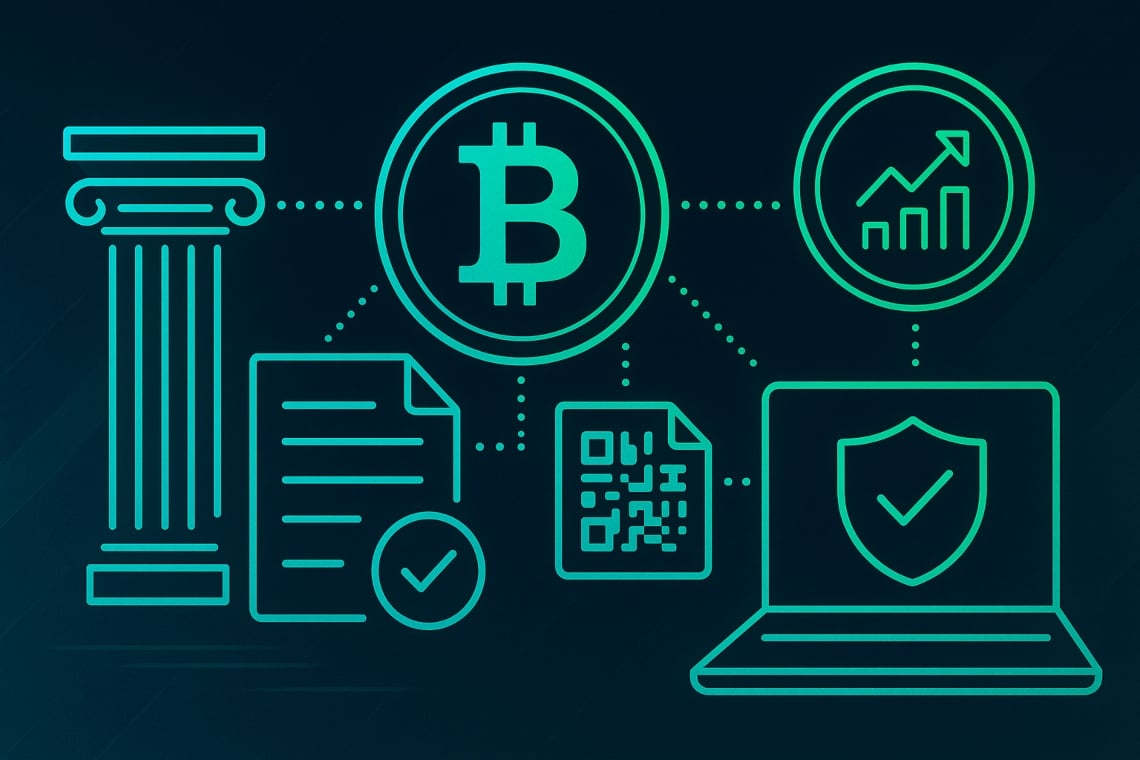Xiao Feng: Ethereum is still the core of applications and is difficult to replace due to its first-mover advantage and continuous optimization
PANews reported on October 22nd that at the ETHShanghai 2025 main forum, Xiao Feng, Vice Chairman and Executive Director of Wanxiang Holdings, Chairman of Wanxiang Blockchain, and Chairman and CEO of HashKey Group, stated that blockchains can be broadly divided into two categories. One, represented by Bitcoin, is primarily a currency issuance system that achieves high-speed calculations through simple mathematical formulas and prohibits complex external deployment, allowing for rapid global consensus, hence its esteemed status as "digital gold." The other, represented by Ethereum, is application-centric and has gradually developed along the lines of the original white paper, currently holding 60%-70% of the application market share. Xiao Feng noted that there is no need to attempt to replace Ethereum, as it has a first-mover advantage and is continuously improving. Other blockchain projects need to demonstrate that their strategic positioning differs from Ethereum and that they offer differentiated value, making the possibility of challenging Ethereum very low.
Xiao Feng also emphasized that the development of DeFi cannot be ignored, but it needs to take into account KYC and anti-money laundering requirements, as its philosophy differs from traditional finance. Through zero-knowledge identity authentication (ZK ID), users can verify their identity as qualified investors using information such as certificates, proof, and work experience, allowing them to trade securely around the world, allowing decentralized finance to better serve the global financial system.
You May Also Like

Space and Time Integrates USDC for ZK Coprocessing

Trump admin Treasury touts trade deficit reduction due to tariff, spending strategies
